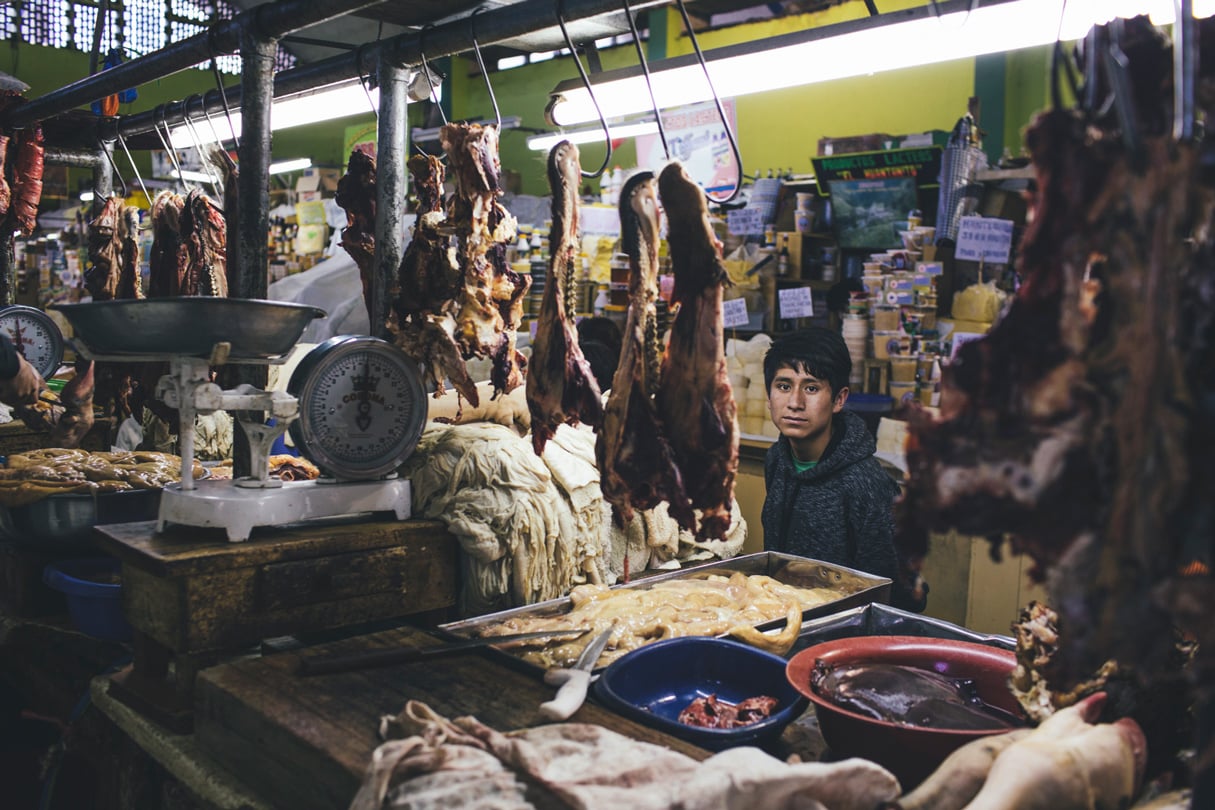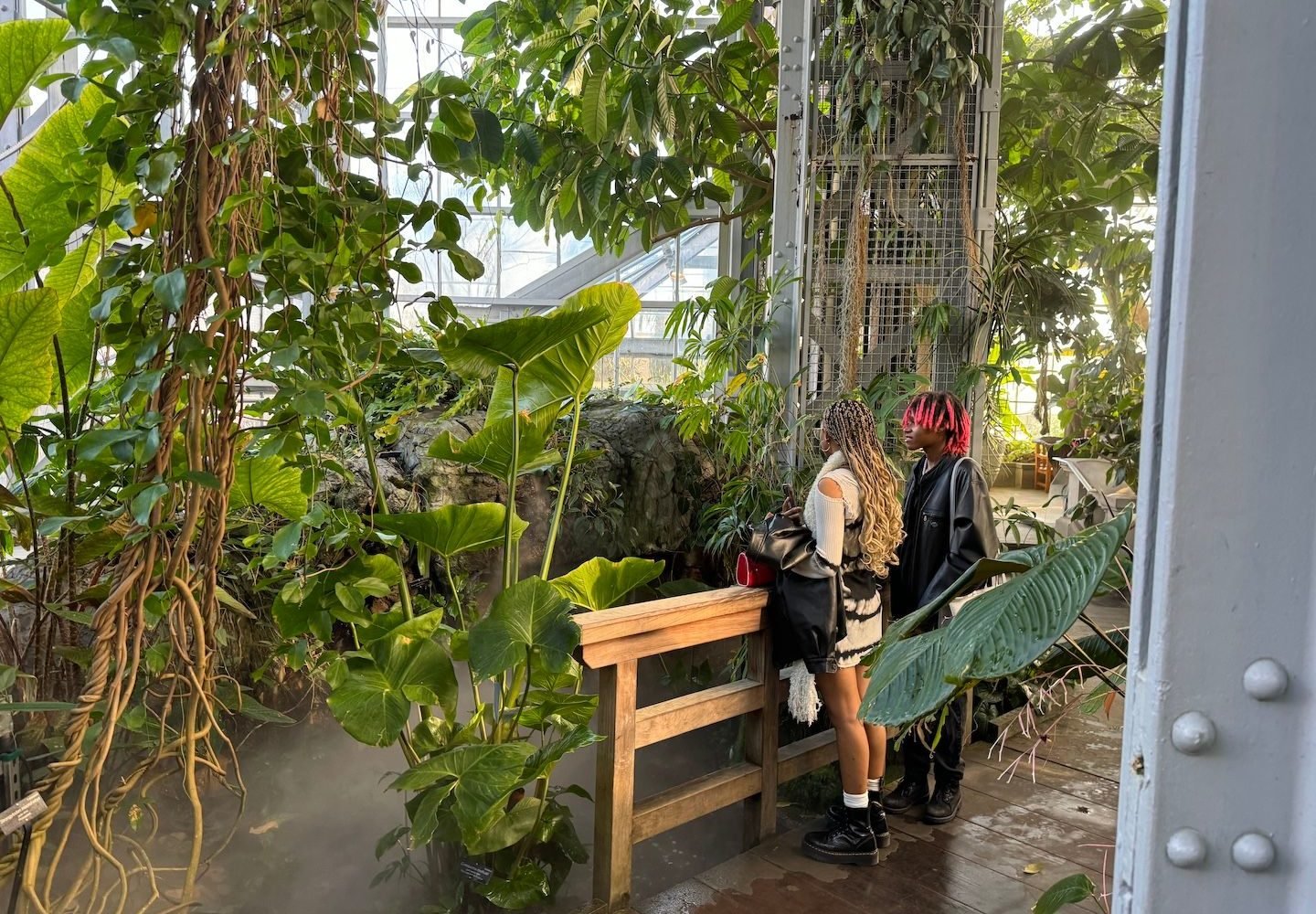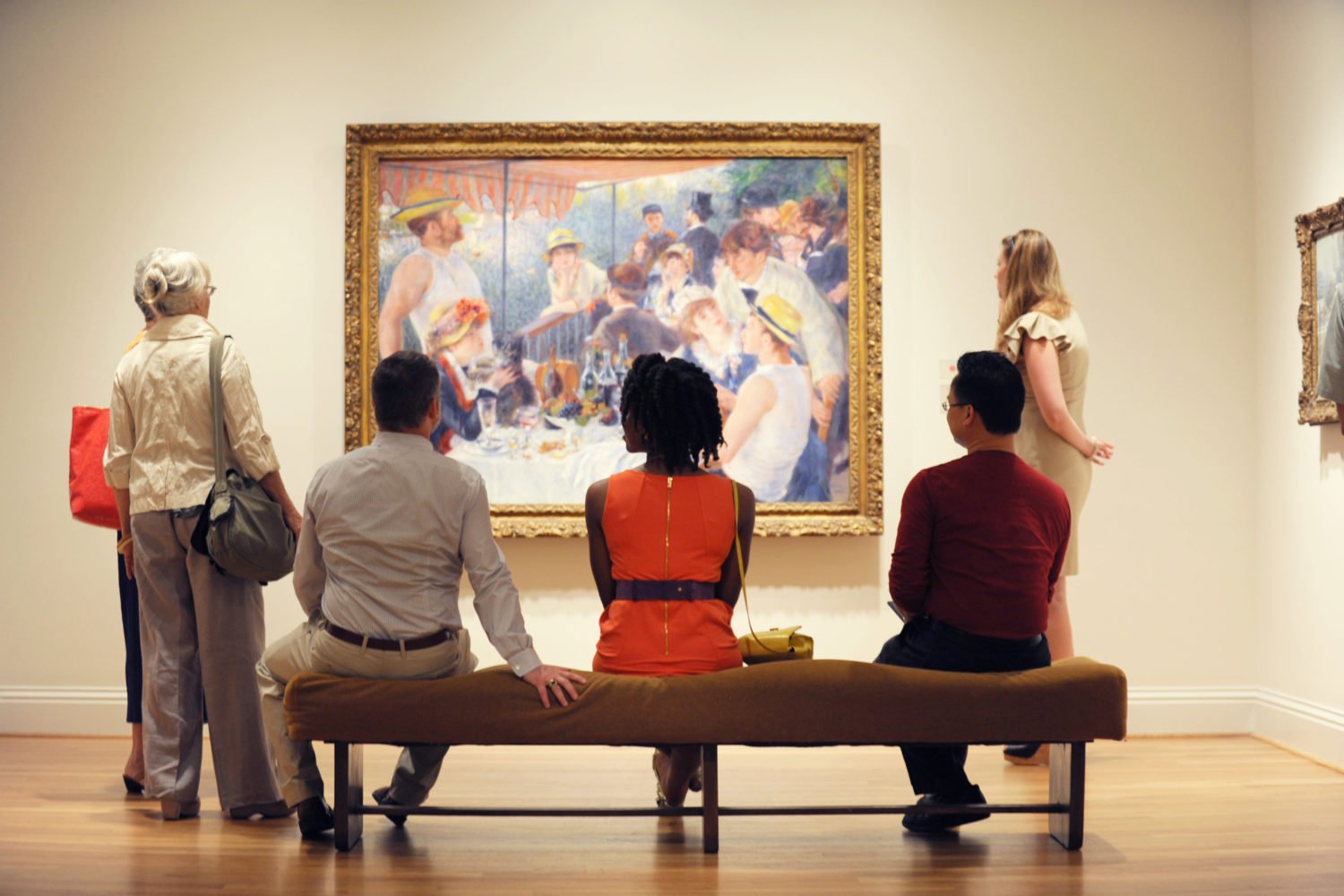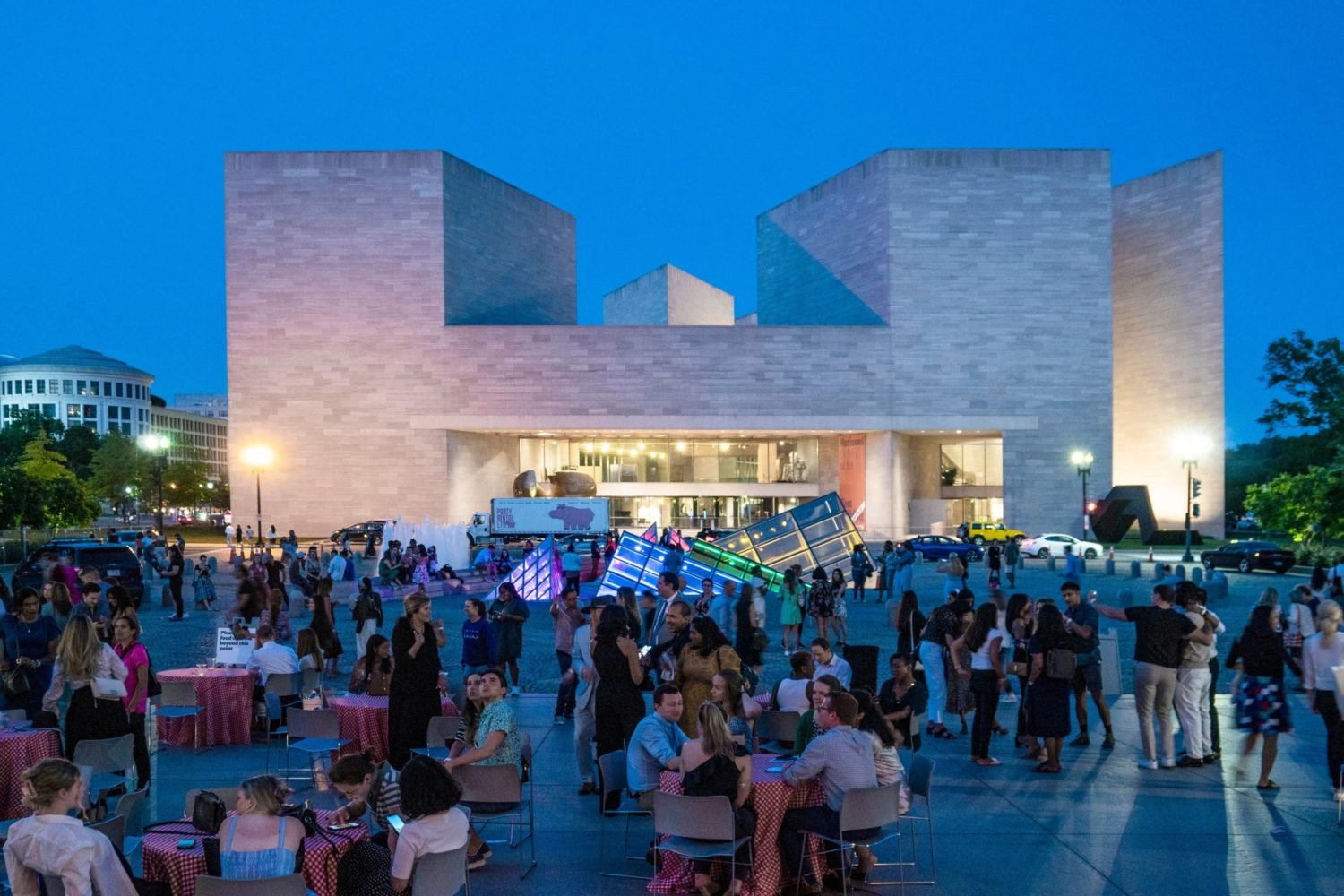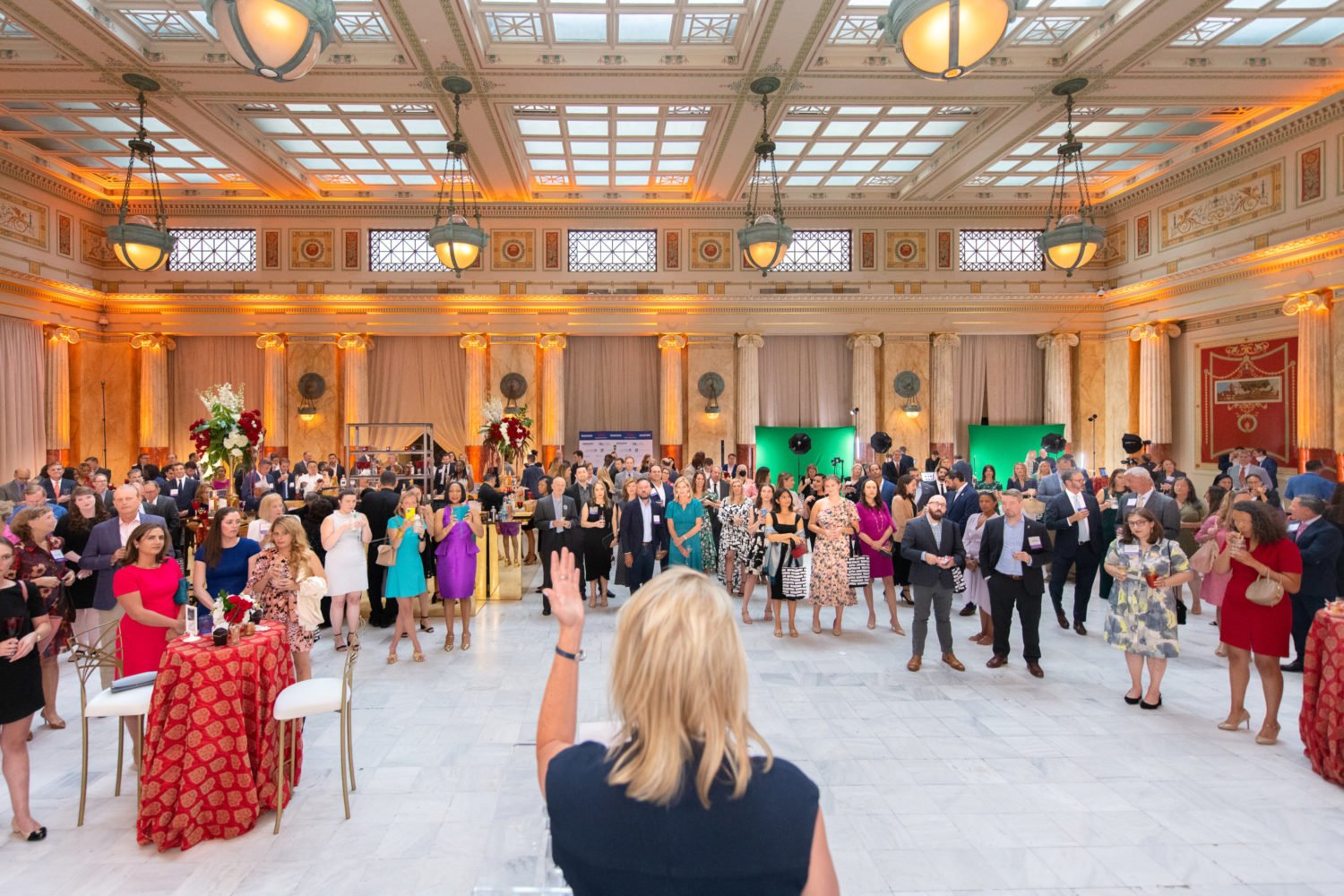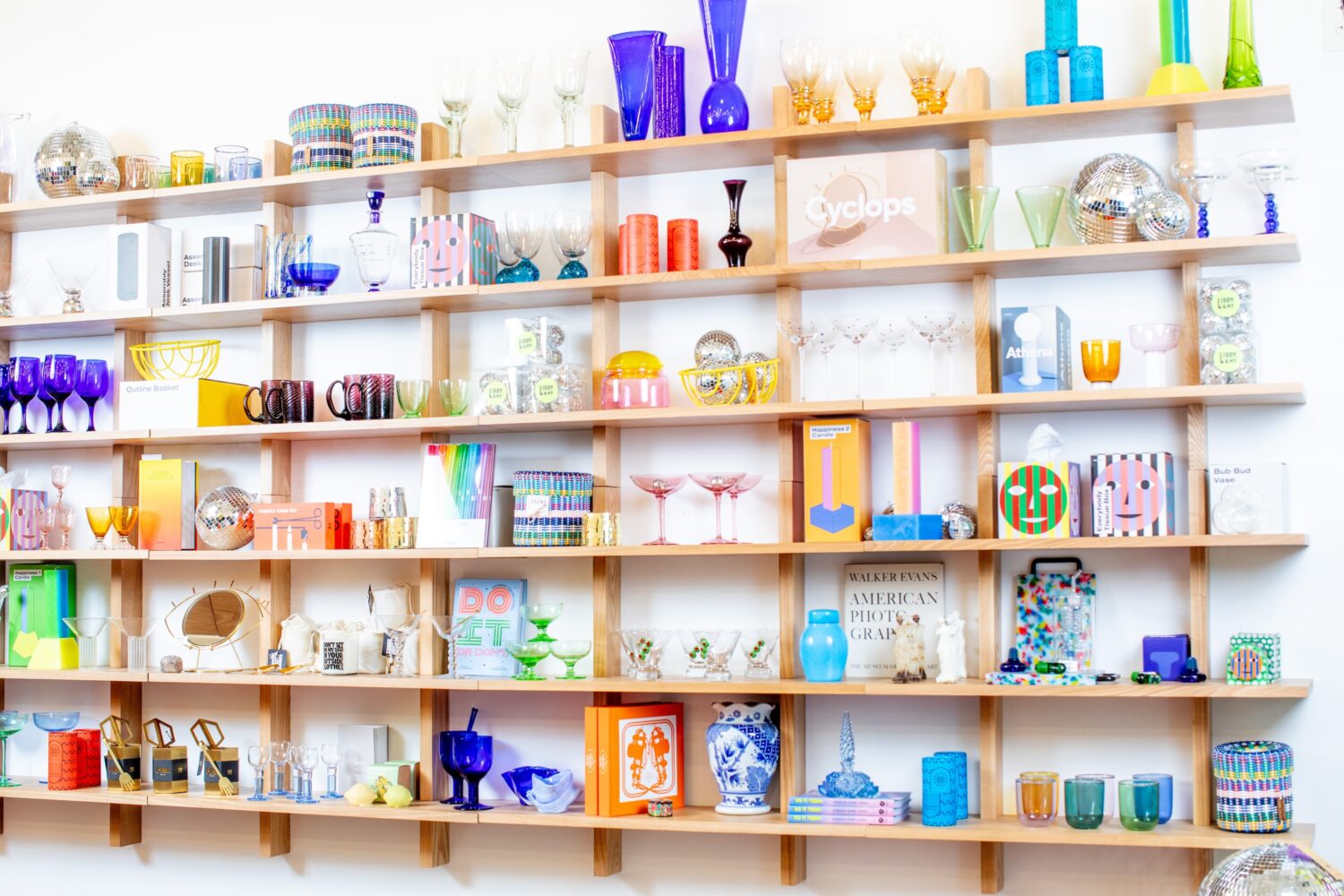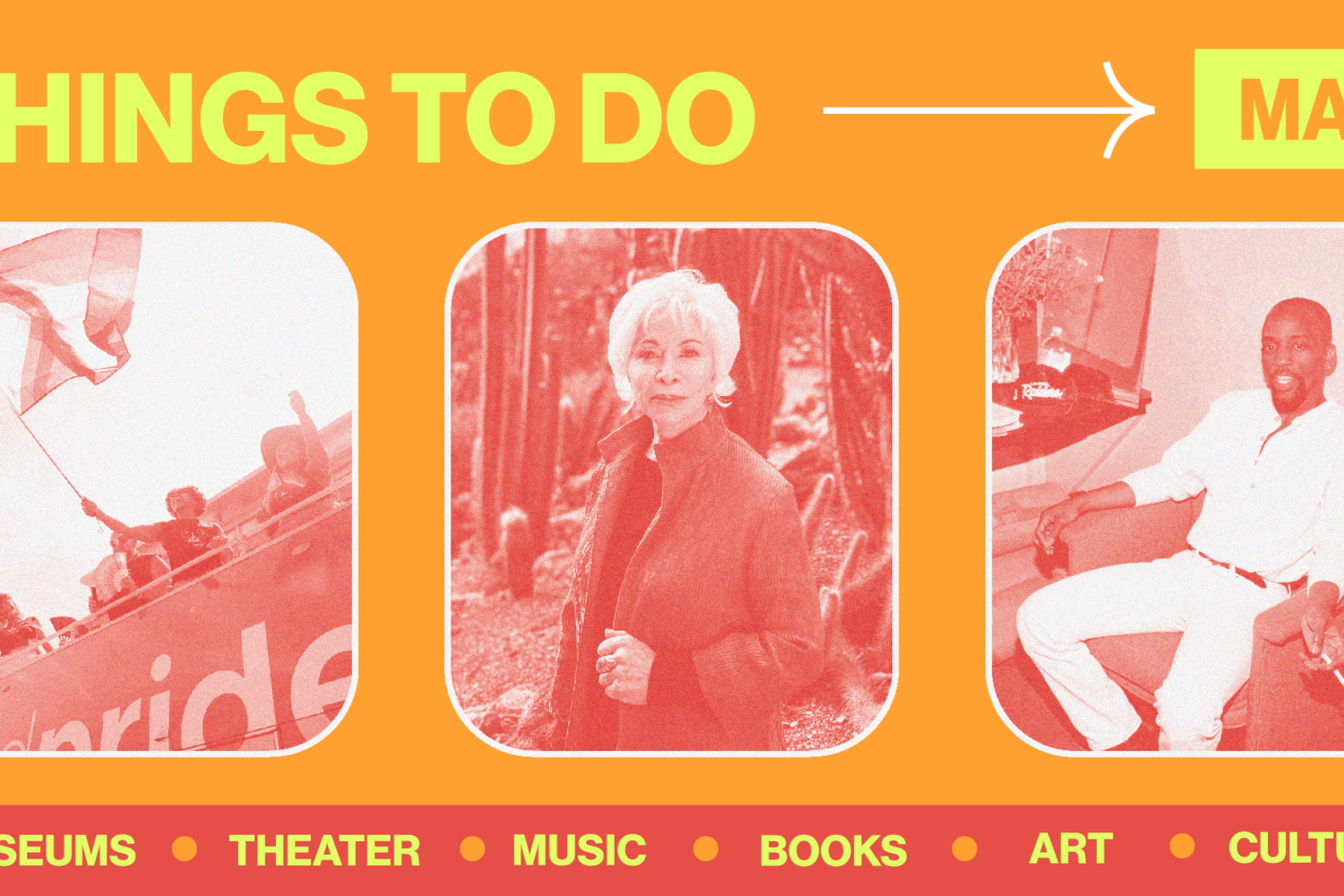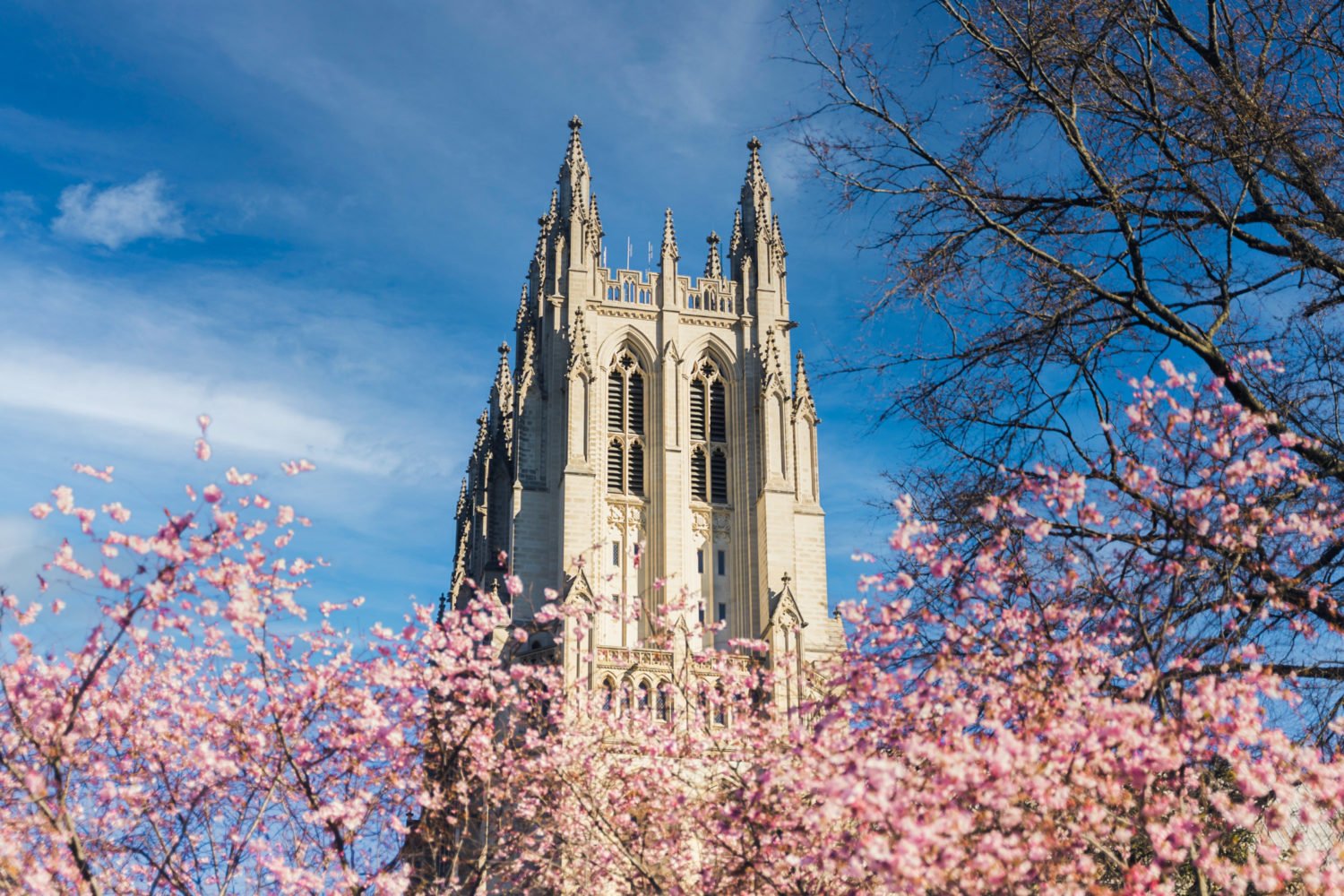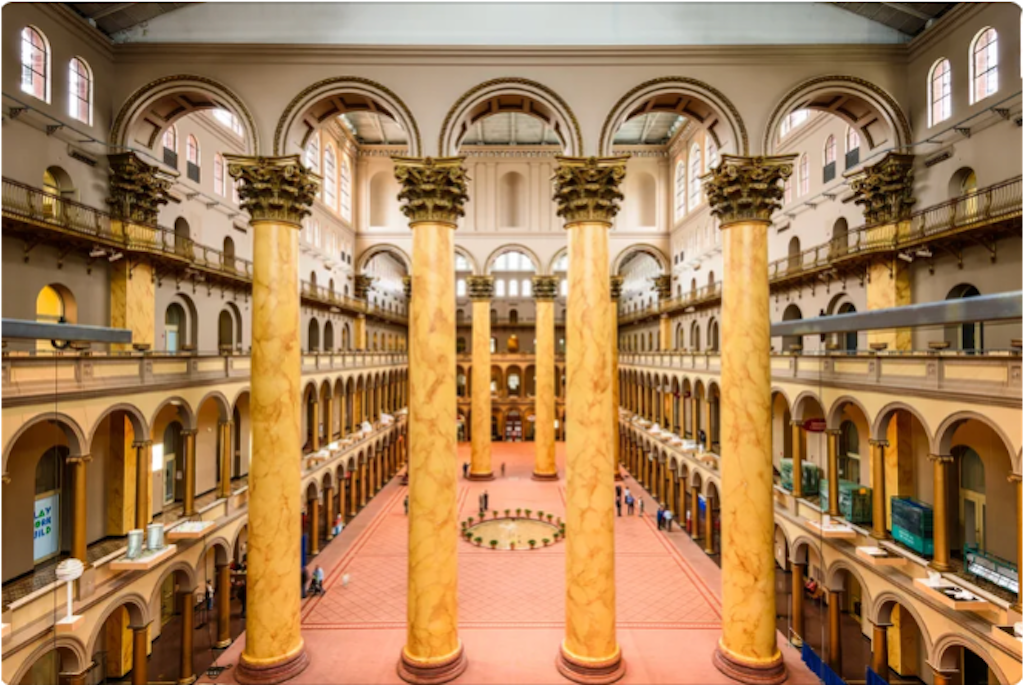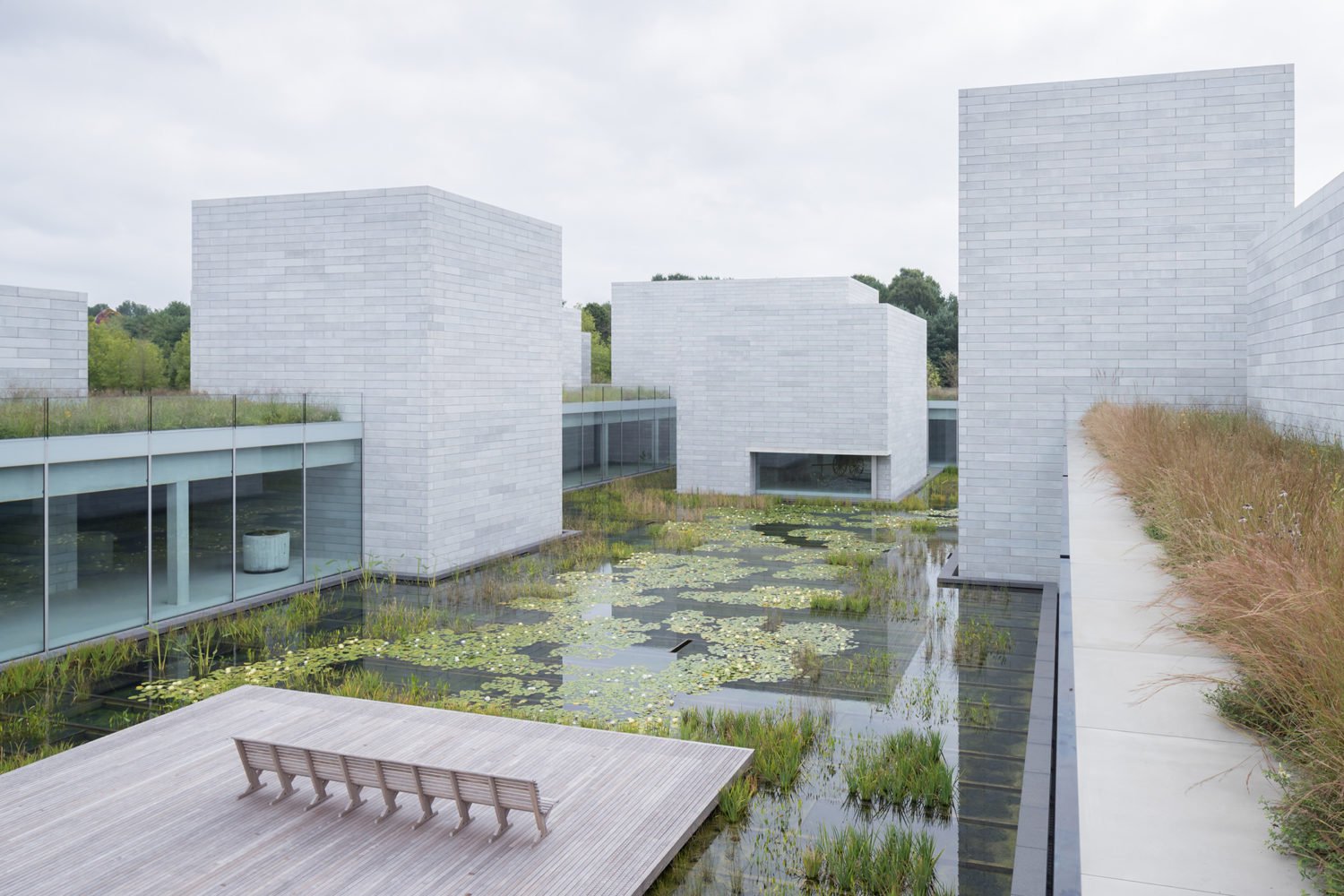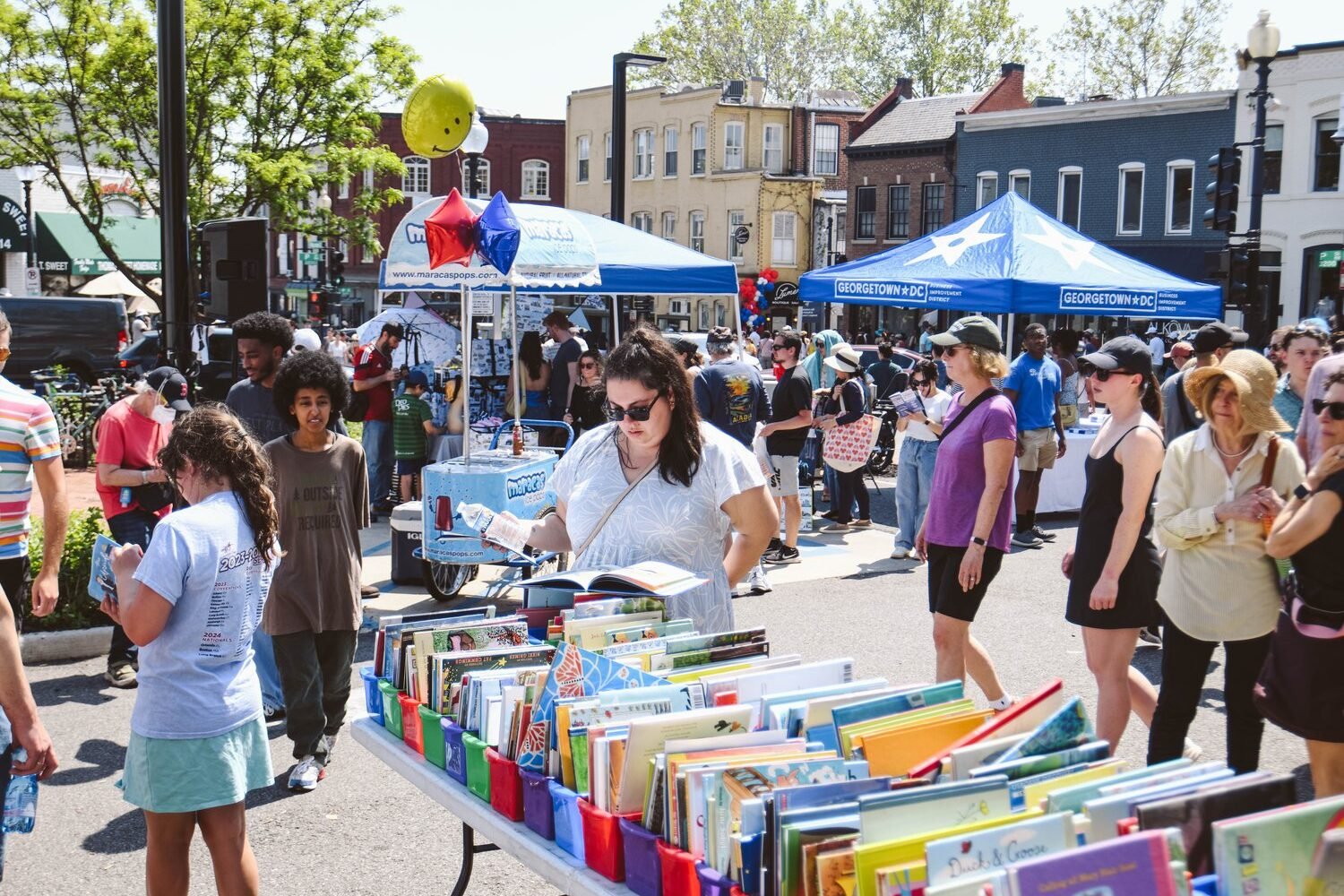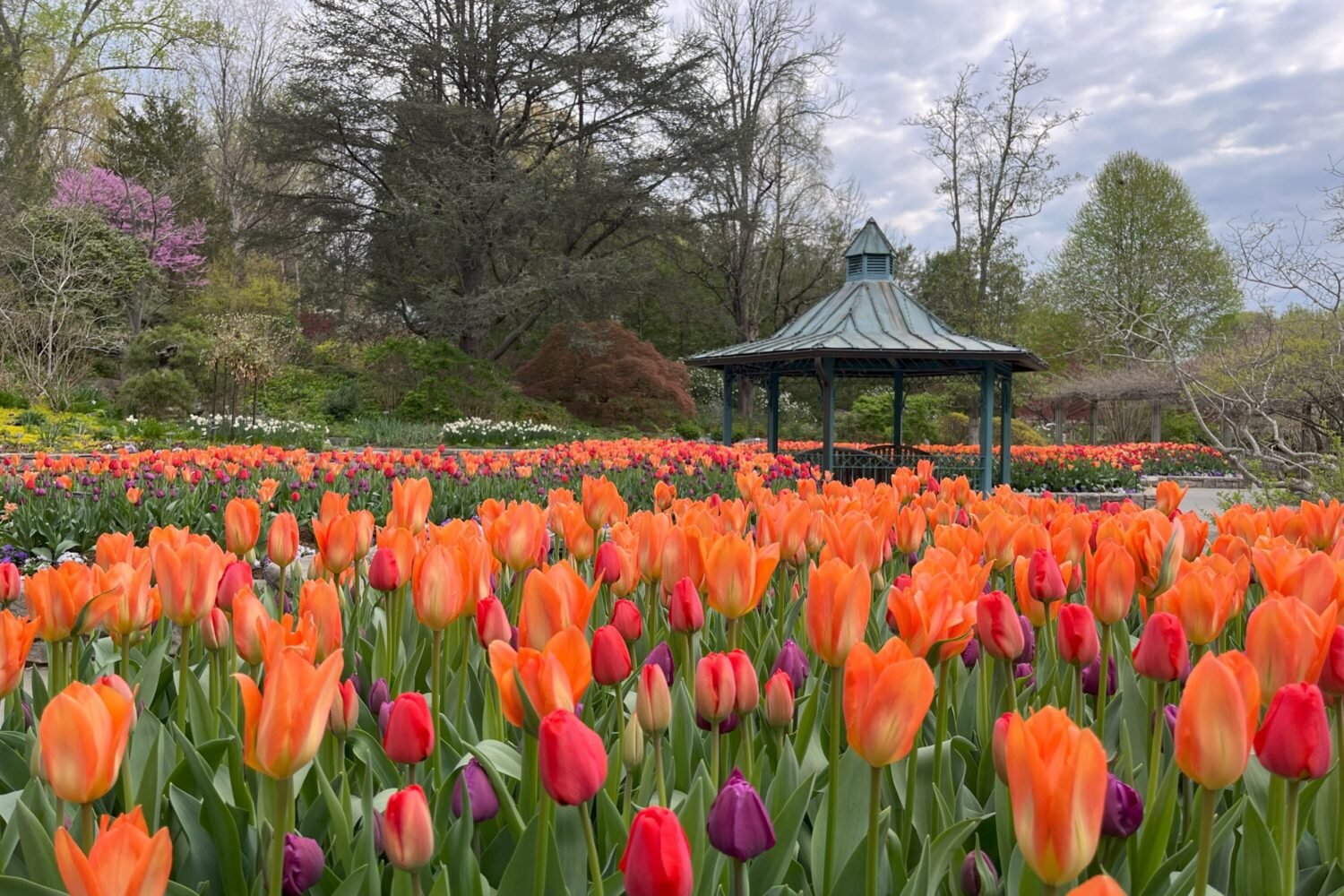Photographer Joshua Eli Cogan visited Peru last April with two curators from the Smithsonian Center for Folklife and Cultural Heritage, aiming to capture a few story ideas to share at the Folklife Festival last week.
“The culture is very colorful and filled with diversity,” Cogan says.
The team decided to focus on chicha culture, the often colorful art, music, and dress inspired by Peru’s rural, working-class communities that’s gaining popularity in the country’s urban areas. Using visuals such as street art, mototaxis, and gourd carving, Cogan and the Folklife crew captured the history and growth of the chicha movement.
“The idea is not to tell your version of their story, but to tell their version of their story,” says Cogan.
While in Peru, Cogan shadowed artists such as MONKY, Caribeño, and Los Wemblers. “Getting to connect with the artists, it’s one of the most powerful things I get to do,” he says.
Cogan described the production of a Los Wemblers music video as one of the coolest experiences from his 12-day trip. “We wanted to shoot the video in front of one of their houses. At 11 AM on a workday, the whole street shut down naturally,” he says, noting that as the musicians arrived and amps went up, the whole neighborhood took notice.
Below is a video of the experience, followed by behind the scenes shots of their expedition around Peru.
Video by Joshua Eli Cogan; courtesy of Smithsonian Folklife
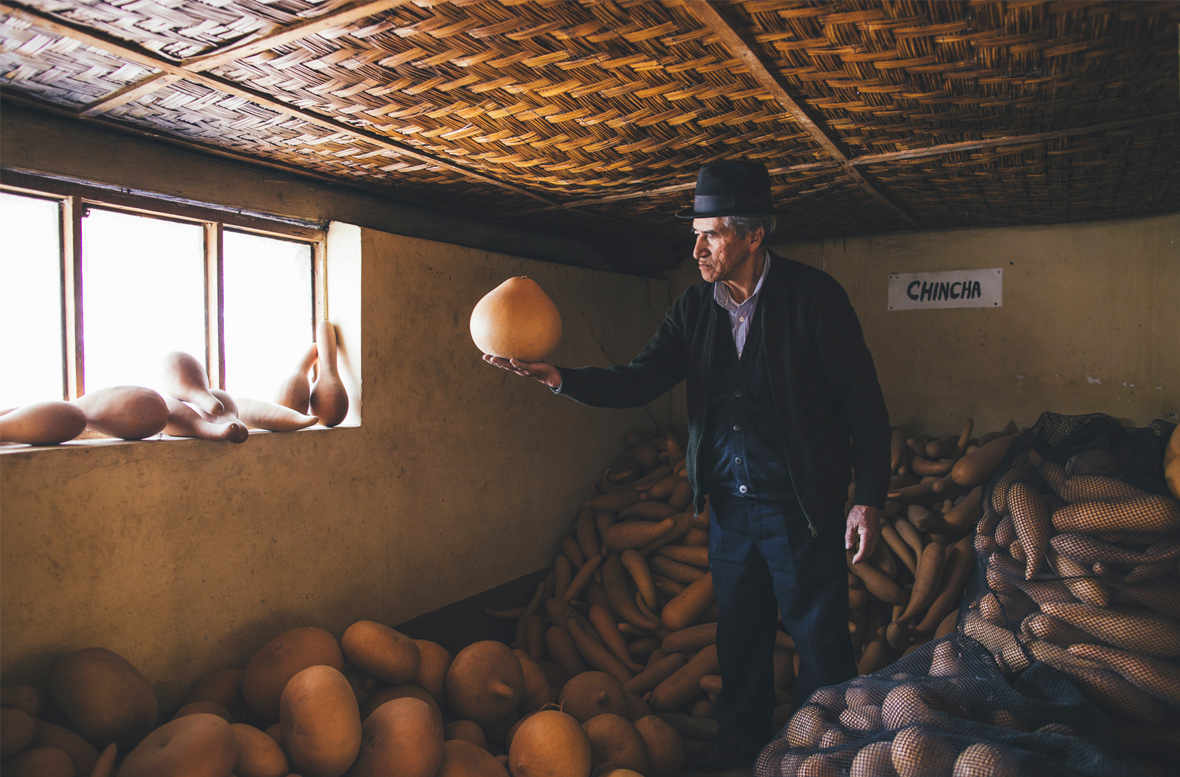
Master gourd carver Eulogio Medina Sanabria picks dried fruit for his work from his home in the Huancayo area of Peru. This central mountain region is renowned for its traditional crafts, such as weaving.
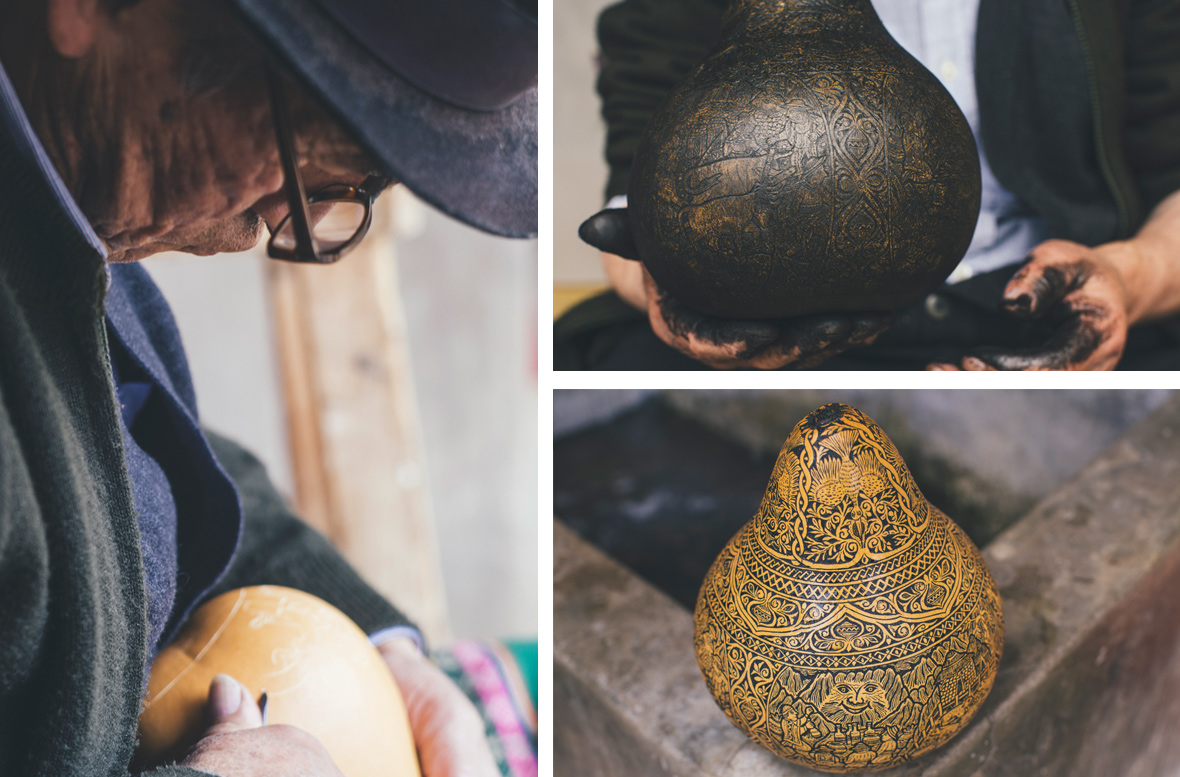
Sanabria’s mother taught him to carve gourds, which he has been doing with his wife (pictured below) since married. In a process called fondo negro, animal fat and straw ash are burned together and smeared onto the carved fruit to highlight the designs. The excess mixture is then washed off to reveal the end product.

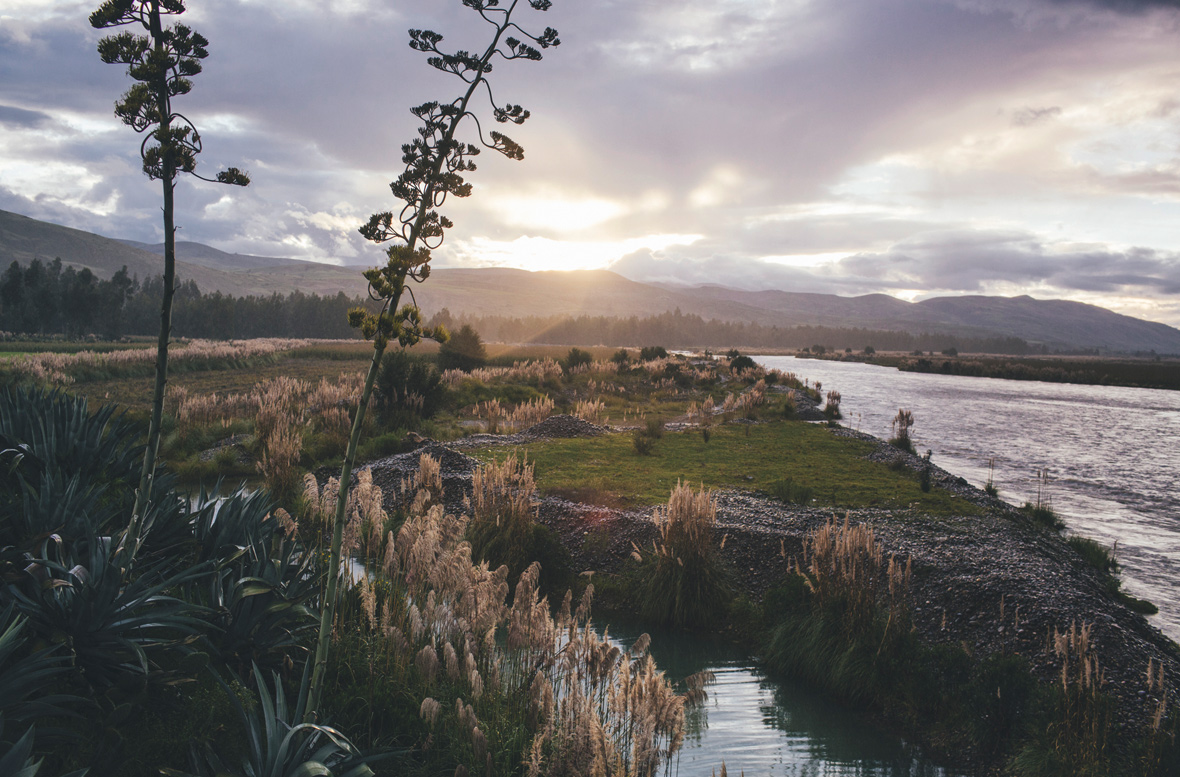
The sun rises over the mountainous region of Huancayo.

Street vendors on the road to Huancayo serve chicken soup to locals. Sopas are popular in Peru.
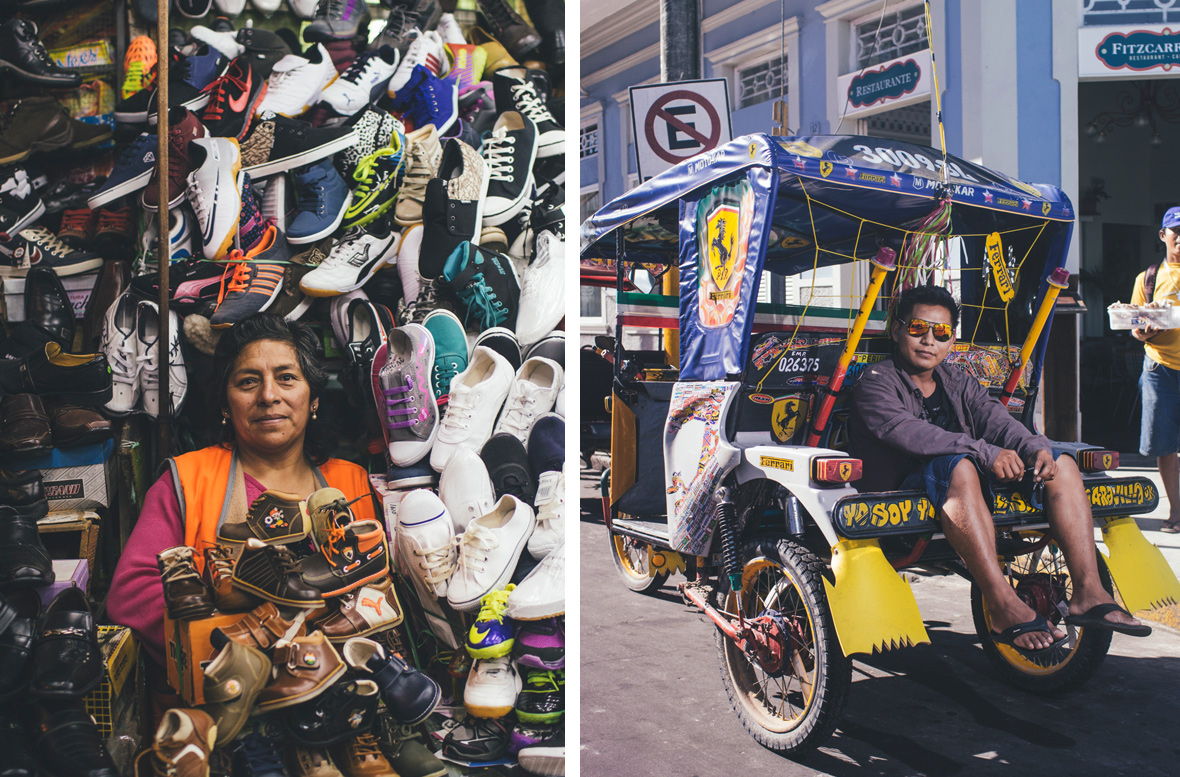
(Left) A rack littered with shoes hides the storage space of this working-class vendor in Huancayo.
(Right) A taxi driver sits on the back of his mototaxi in the northern city of Iquitos. The motorcycle turned taxi is one of the cheapest ways to maneuver around the city. Drivers often trick out their taxis, adding LED lights, sound systems, and art, another reflection of chicha culture.
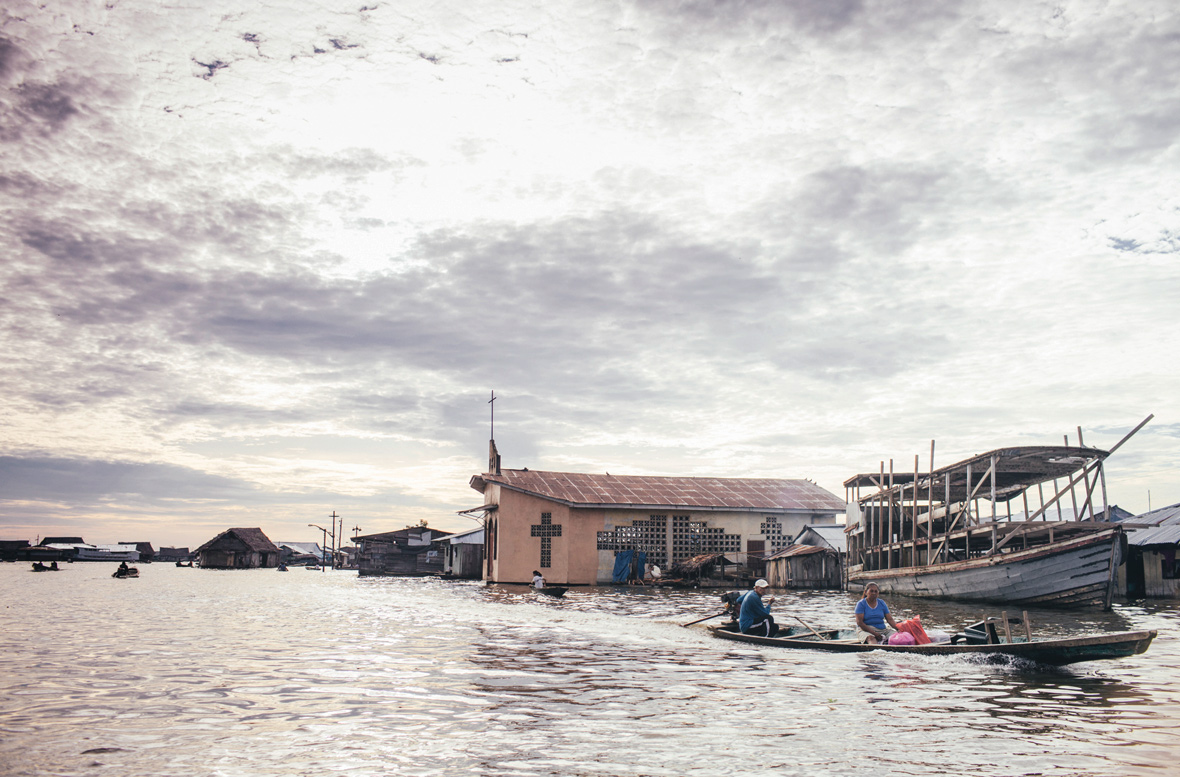
Within Iquitos, the neighborhood Belen stretches into the Amazon and Itaya rivers. Originally a seasonal fix to expanding the city, permanent, two-story structures now house residents, markets, and churches.
The only way in and out of Iquitos is by river or airplane. Belen residents travel easily by canoe, while waterfront inhabitants live on the second floors of their homes when the first floors flood.

A man brings bananas from the Amazon into this Belen marketplace to sell. The Amazonian way of life is prevalent here, and often native fish, flora, and natural remedies are in stock.
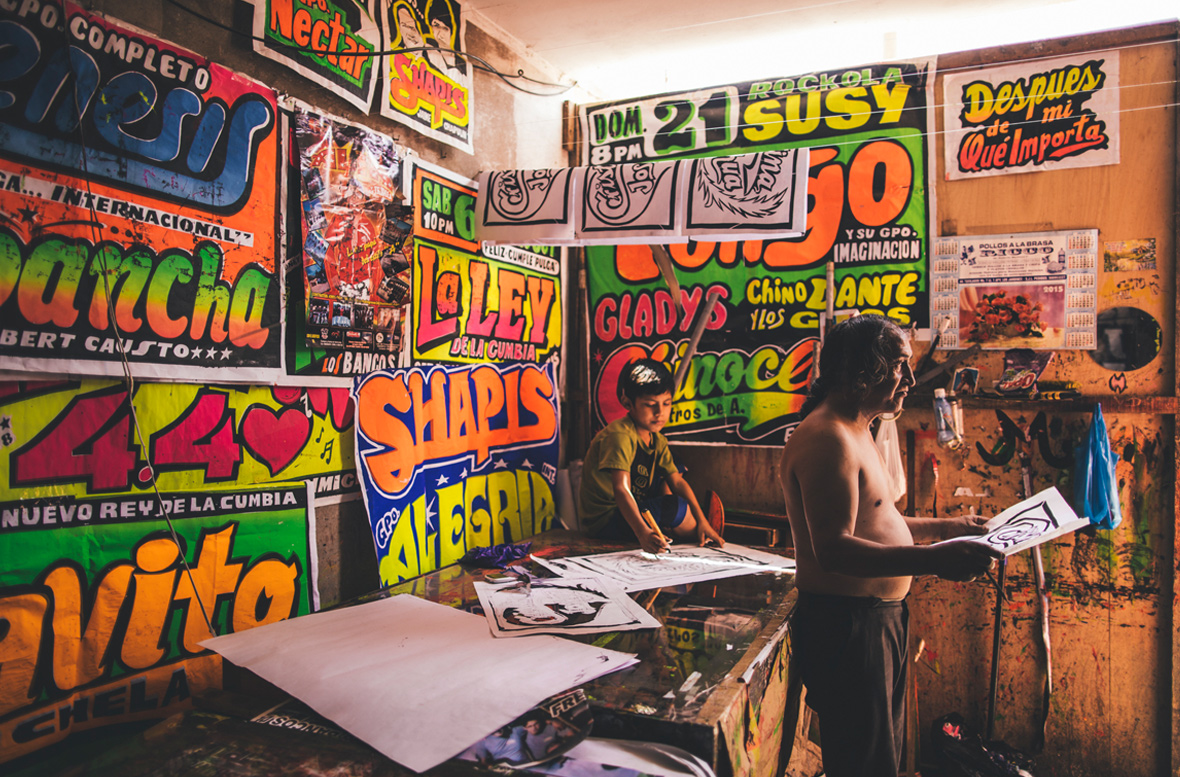
Pedro Tolomeo, who does art under the name MONKY, and his nephew work in Tolomeo’s studio. Tolomeo developed his visual language, the foundation of the chicha poster aesthetic, during the ’70s and ’80s. His inspiration for the handdrawn and silkscreened posters comes from the bright colors of the Huancayo region.
Like graffiti, posting this art is illegal, so Tolomeo often sneaks through the night to hang them with wheatpaste. Although currently he resides in the capital of Lima, Tolomeo made an appearance at the Folklife Festival last week in DC.
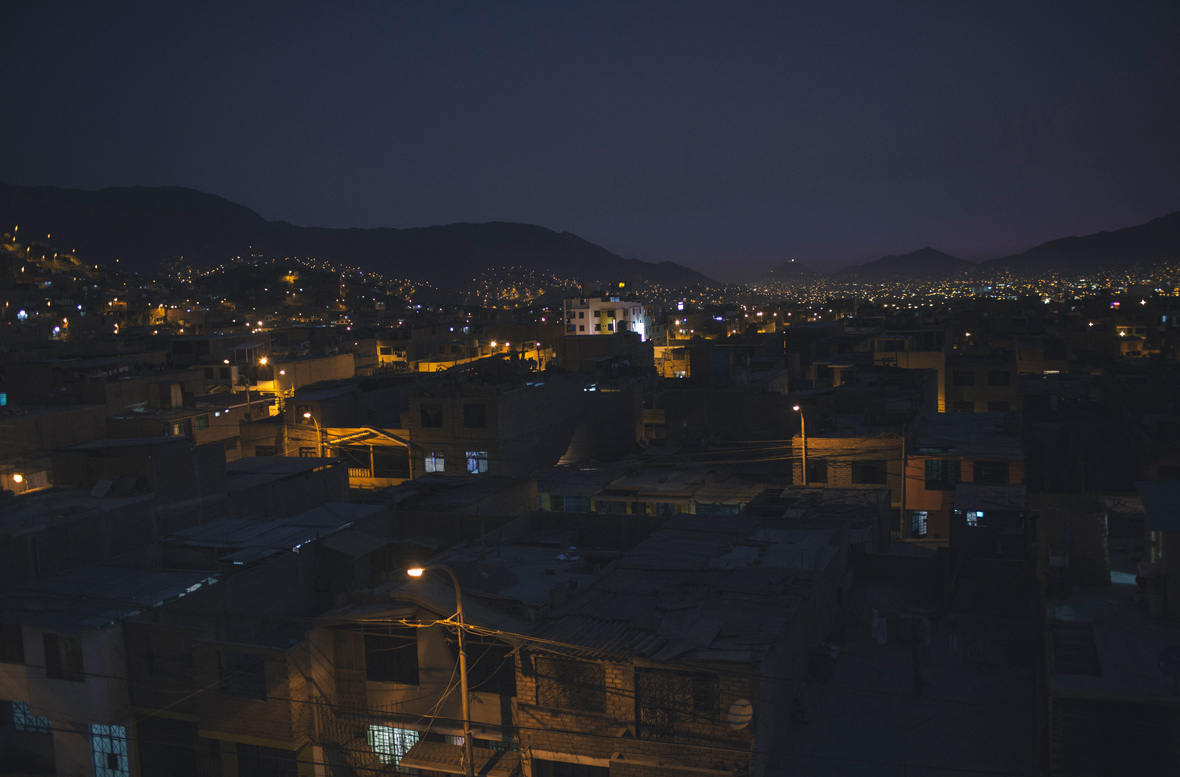
As Lima takes in immigrants from the countryside, residents of Mariscal Ceceres are expanding out from the center into the hillsides surrounding the city. These communities are the roots and inspiration of the chicha movement.
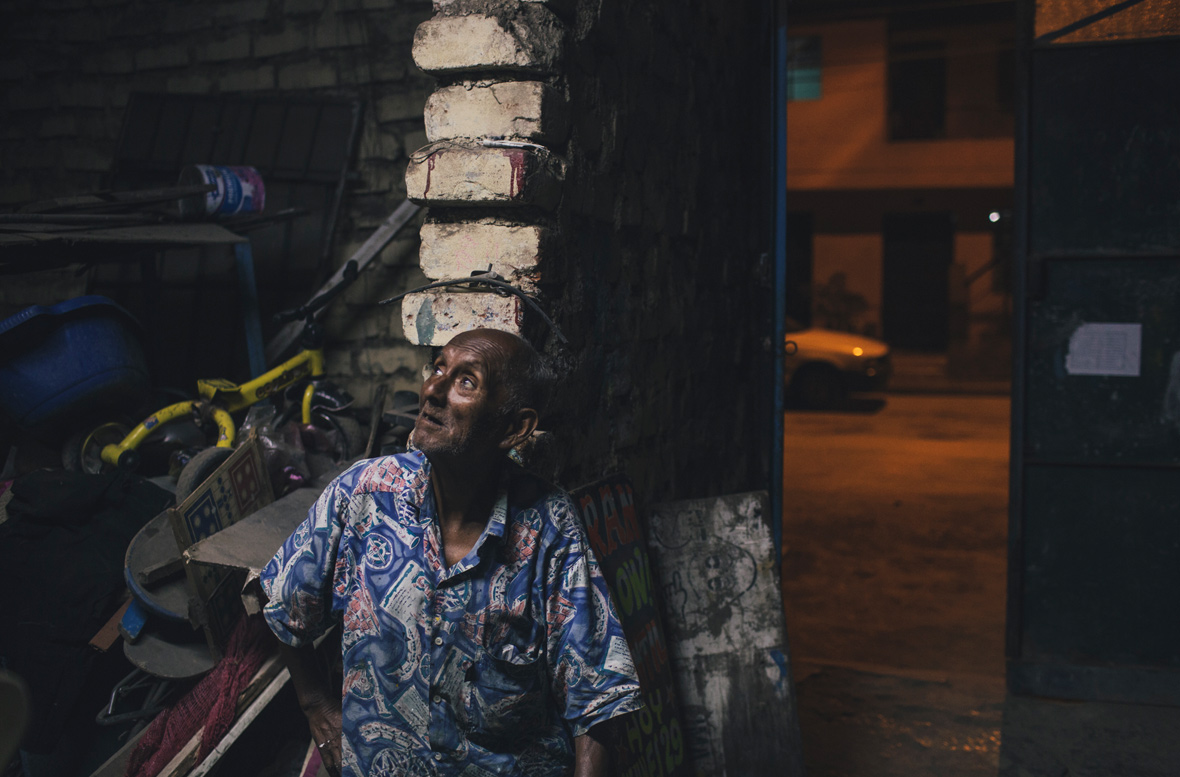
This 73-year-old artist, who works under the tag name Caribeño, sits in his studio in Lima. Considered one of the first sign painters, Caribeño works day-to-day freehanding paintings of signs and icons around the city.

